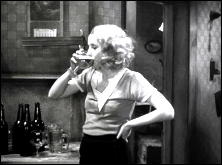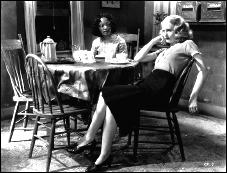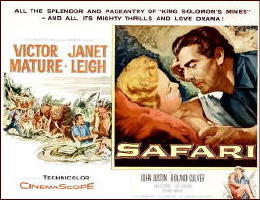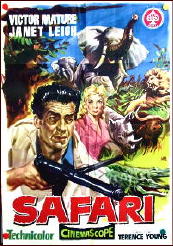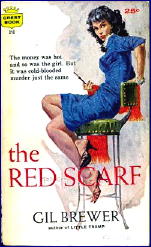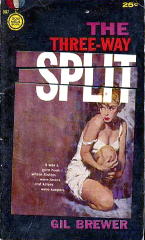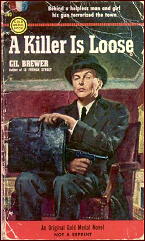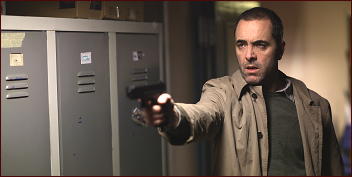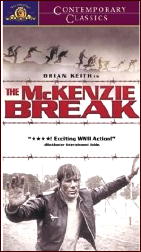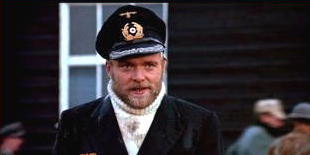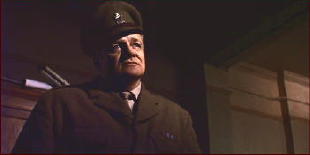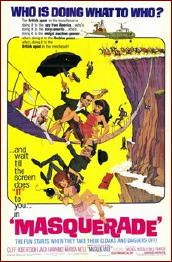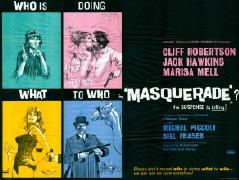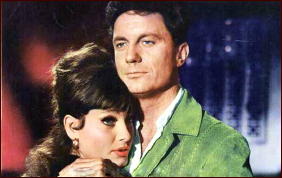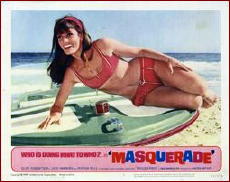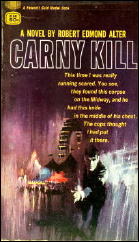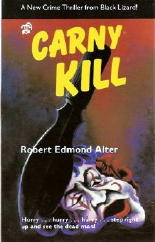Sun 12 Jul 2009
Movie Review: THE GOOD BAD GIRL (1931).
Posted by Steve under Films: Drama/Romance , Reviews[8] Comments
THE GOOD BAD GIRL. Columbia, 1931. Mae Clarke, James Hall, Robert Ellis, Marie Prevost, Nance O’Neil, Edmund Breese, Paul Porcasi. Director: Roy William Neill.
It’s purely a wild conjecture on my part, but was Mae Clarke’s role in The Public Enemy, in which she had her most famous scene in a long career in the movies – you know, the one with the grapefruit? – came out in April 1931. Was it only coincidence that here she is now in the lead role in The Good Bad Girl, which was released in May of the same year?
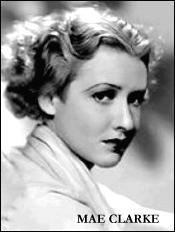
I’ll concede that the time frame is way too tight for there to be a real connection, but it’s a nice thought. One thing that I never realized, though, is that Mae Clarke didn’t have a screen credit in The Public Enemy, but her scene in it is a bit of screen business that if you’ve ever seen it, you’ll never forget it.
Except for Mae Clarke, all of the people involved in the making of The Good Bad Girl had long careers in the silents. She started in 1929, though, and ended up lasting the longest of all her co-players: her last movie was Godfrey Cambridge’s Watermelon Man in 1970.
Among director Roy William Neill’s final films were the 1940s Sherlock Holmes movies and Black Angel (1946), based on the Cornell Woolrich novel.
Normally I’d be mentioning the last couple of items to help substantiate a case for this movie to be covered here in a blog devoted to mystery fiction in all its various forms, but in this case it’s not needed, as the part that Mae Clarke plays is that of a hoodlum’s moll who wants to leave him and the rackets he’s in.
She has a new lover, you see, the son of wealthy parents who doesn’t know who she is, not even her name. When Dan Tyler (Robert Ellis) commits a murder and expects her to stand by him and provide an alibi he desperately needs, she refuses and leaves him up the creek (and in the Big House).
You might call the story line as a very close kin to a month’s worth of early soap opera, or maybe it’s just plain melodrama. Either way, I emphasized the silent era background of all the players for a reason, that being that movies in 1931 often displayed an unsureness in how acting should be done, now that actors could talk, and how scenes should be played – both often very slowly and stiffly, not knowing how easily audiences were going to follow and respond.
That’s the main downfall of The Good Bad Girl, it’s often too slow and stationary. Nor do the weepy parts connect very well with someone watching it today, not that I think the movie made much of a mark in 1931 either.
You should not get me wrong. Even though Mae Clarke seems swallowed up in a role that’s several sizes too large for her, the movie’s watchable, and there are parts — such as the continual comical byplay between Marie Prevost and Paul Porcasi, the latter as a night club owner who’s Prevost’s very close friend, about the diet she’s determined to keep him on – that are relaxed, natural and highly enjoyable.


